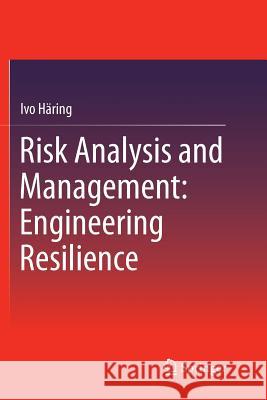Risk Analysis and Management: Engineering Resilience » książka
topmenu
Risk Analysis and Management: Engineering Resilience
ISBN-13: 9789811090639 / Angielski / Miękka / 2018 / 365 str.
Kategorie:
Kategorie BISAC:
Wydawca:
Springer
Język:
Angielski
ISBN-13:
9789811090639
Rok wydania:
2018
Wydanie:
Softcover Repri
Ilość stron:
365
Waga:
0.56 kg
Wymiary:
23.39 x 15.6 x 2.13
Oprawa:
Miękka
Wolumenów:
01
Dodatkowe informacje:
Wydanie ilustrowane











